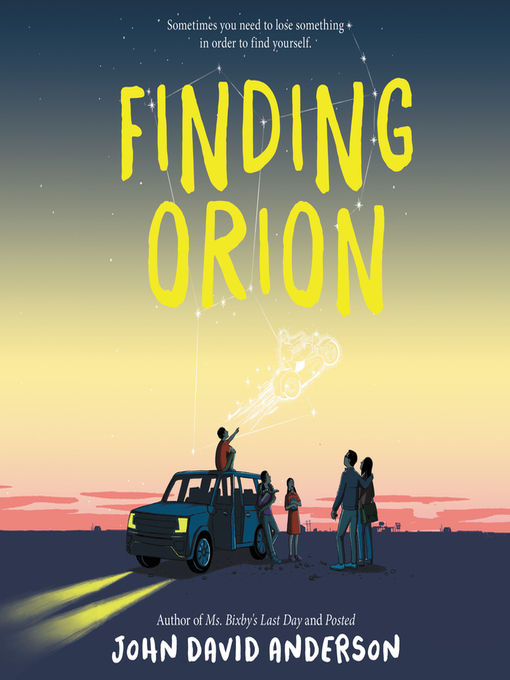What Sophie’s World Can Do for You: 2 Reasons Why You Should Read Sophie’s World, or Why You Should Continue If You’ve Started It but Stopped
To Learn about Philosophy
Given the summary, the more obvious reason you should read Sophie’s World is to learn about philosophy. When Alberto Knox first introduces philosophy to Sophie, he says that “the only thing we require to be good philosophers is the faculty of wonder” (Gaarder 17). He compares babies to having this same sense of wonder. He says that babies are still learning about the world, so if they were to see someone flying, they would react with awe, but they might not be alarmed since they don’t know that people can’t fly (usually). I like this example because it shows that philosophy is essentially observing one’s surroundings with an open mind and questioning those observations. The rest of his letters introduce Sophie to the history of philosophy, showing her how different philosophers--ranging from Socrates to Plato to Aristotle to David Hume to Immanuel Kant and others--used this sense of wonder to build theories and seek answers to questions they had. These philosophers were also influenced by each other’s theories when constructing their own even if that meant challenging them. Aristotle, for example, was a student of Plato, but he developed his own philosophy that refuted his teacher’s. There are also details that I found funny although I’m not sure if that was the author’s intention, but it made philosophy even more interesting. When Alberto Knox writes about Socrates and Plato, a student of Socrates, he describes Socrates as “potbellied, and had bulging eyes and a snub nose,” (65) and then Plato is described as “a handsome young man” (77). Despite Socrates’s appearance, he was said to be “perfectly delightful” inside (65). Then there was Diogenes, a Cynic philosopher who “reputedly lived in a barrel and owned nothing but a cloak, a stick, and a bread bag” (129). These descriptions go against a stereotypical perception of philosophers looking dignified and leading distinguished lives. I found these smaller details entertaining, and I’m glad that the author writes about philosophy in an engaging way.
Spontaneous Gasps
If you enjoy a good gasp every now and then, you should definitely read this book. In the beginning, along with the letter from Alberto Knox, Sophie receives a letter that is addressed to a girl named Hilde from Hilde’s dad. Sophie doesn’t know why she has been sent this letter, but she learns that she is somehow connected to Hilde. However, after this exciting development on page 10, the first third of the book is mostly about Sophie’s philosophy classes except for brief mentions of Hilde. Besides learning about philosophy, my incentive to keep reading was to find out more about the mystery of who Hilde is and how she is connected to Sophie and Alberto Knox. Since the first part of the book mostly focuses on the history of philosophy, any mention of the Hilde situation is especially exciting and may even cause one to gasp, like I did. For example, when Sophie finds an object related to Hilde, she says, “Hilde! But who was Hilde? How could their paths keep crossing like this?” (57) I too wonder that, Sophie. And whoever reading this blog post-listicle should read the book to find out.
Possible Side Effects of Reading Sophie’s World:
Frustration--That You Are Willing to Accept, Mostly
I had assumed that a healthy portion of Hilde’s story would be intertwined throughout the novel, but alas, I was wrong. While this slow start to the mystery was frustrating at first, I think the author’s point was that it is important to have a good foundation and understanding of the history of philosophy before being able to apply it to the mystery. Perhaps exposing the readers to different ways of thinking will help them comprehend the story along the way. Learning more about philosophy also influences Sophie’s thinking throughout the story, and she learns how to piece together the mystery on her own. Once you accept the fact that you will have to wait 160 pages to get to Hilde’s story, the philosophy lessons are quite interesting to read.
Slight Discomfort: Borderline Stranger Danger
While Sophie wonders about who Alberto Knox is, she does not seem as worried about why a grown man she does not know is contacting her. This may cause one to question: Why is Sophie so accepting of a middle-aged man writing her letters? Why does she encourage this relationship and write back to him? Why does she agree to meet him alone? Yet, one must set aside those troubling worries and enjoy the book.
Du bør lese denne boka! (This means “You should read this book” in Norwegian according to Google Translate).
--Grace
















